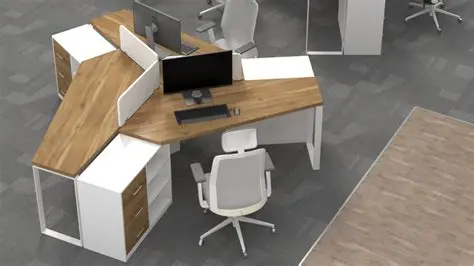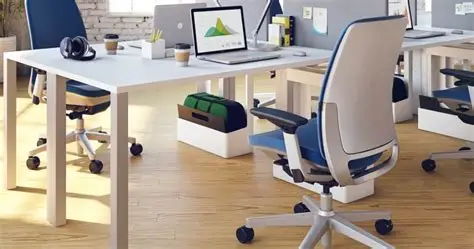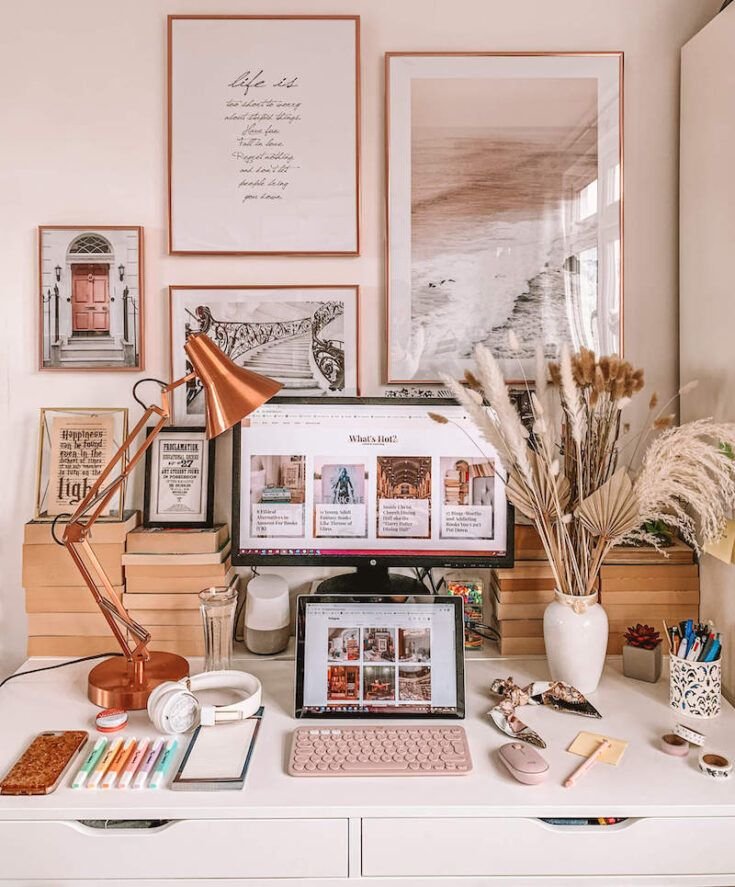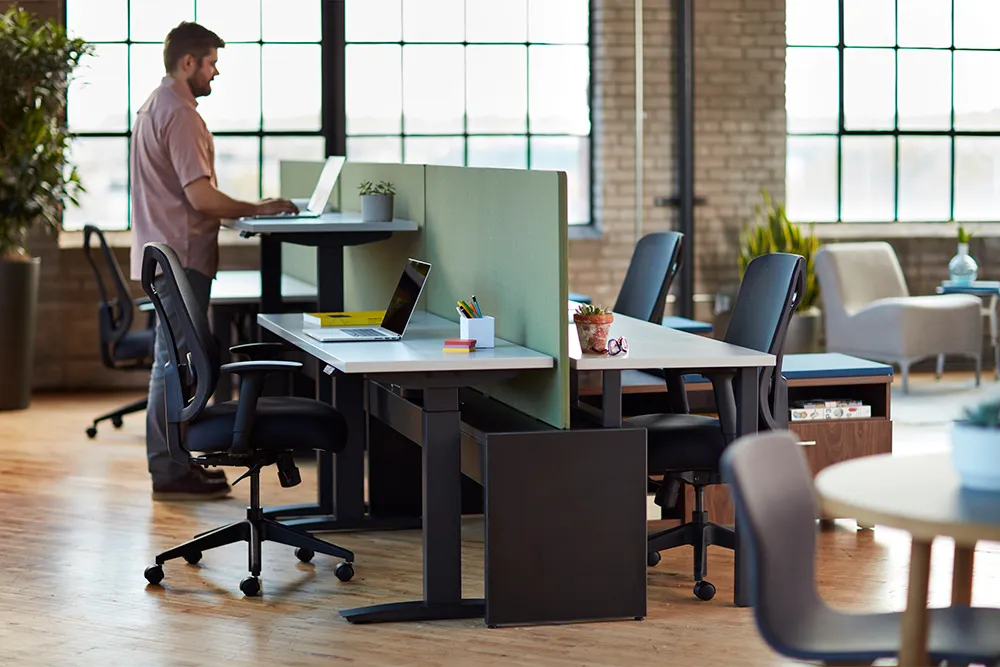
Top Office Furniture Trends for Remote Workers
As remote work continues to evolve, so does the landscape of home office furniture. In 2025, remote workers are seeking setups that blend comfort, functionality, and style. From ergonomic designs to smart technology integration, here are the top office furniture trends shaping home workspaces this year.
As remote work becomes the norm, creating an ergonomic home office has never been more important. Investing in quality furniture boosts productivity and comfort during long hours.
Many professionals are now prioritizing adjustable standing desks and supportive chairs, much like how savvy players seek out the top australian casino for premium gaming experiences.
Beyond furniture, proper lighting and organization are key to an efficient workspace. These elements work together to create an environment that supports both focus and well-being.
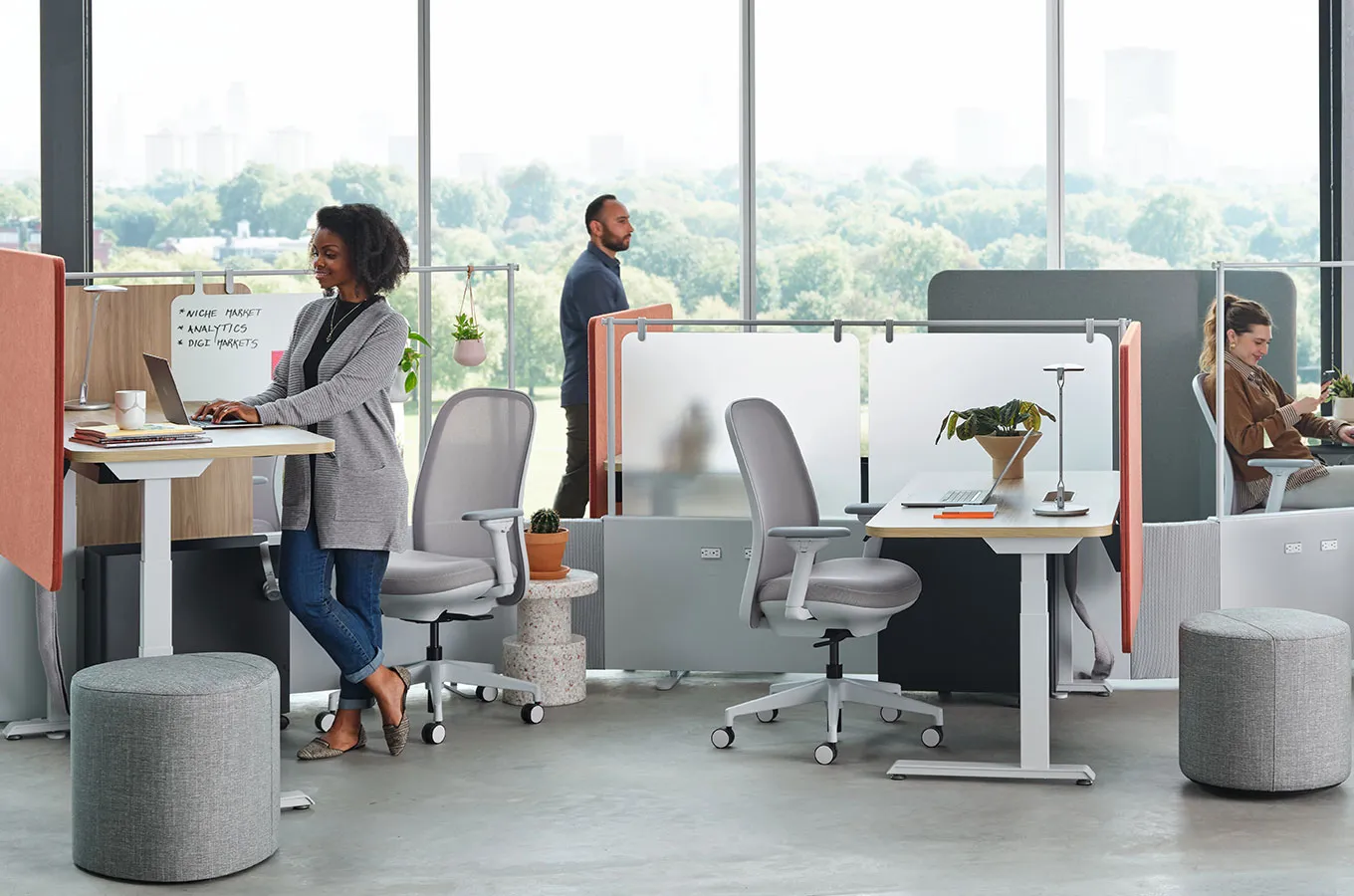
1. Ergonomic Designs for Health and Comfort
With extended hours spent at desks, ergonomic furniture has become a priority. Adjustable chairs with lumbar support, sit-stand desks, and keyboard trays are essential for promoting good posture and reducing strain. Features such as adjustable armrests and seat depth allow for customization to individual needs, ensuring comfort throughout the workday.
2. Smart Technology Integration
The rise of smart home devices has extended to home offices. Desks with built-in wireless charging stations, voice-controlled lighting, and climate control systems are becoming commonplace. These innovations enhance productivity by creating a seamless and efficient work environment. For instance, some desks now include USB ports and Bluetooth speakers, allowing for easy connectivity and reducing desk clutter.
3. Sustainable and Eco-Friendly Materials
Environmental consciousness is influencing furniture choices. Many remote workers are opting for furniture made from recycled materials, reclaimed wood, and non-toxic finishes. This trend not only supports sustainability but also contributes to a healthier indoor environment. Companies are responding by offering products that combine style with eco-friendly practices, such as using low-VOC paints and sustainable wood sources.
4. Multifunctional and Modular Furniture
Space optimization is crucial, especially in smaller living areas. Multifunctional furniture, such as desks with built-in storage or foldable designs, allows for efficient use of space. Modular systems enable customization to fit various tasks, from focused work to video conferencing. These adaptable setups cater to the dynamic needs of remote workers, providing flexibility without compromising on style.
5. Biophilic Design Elements
Incorporating natural elements into the workspace, known as biophilic design, is gaining popularity. Adding plants, natural wood finishes, and maximizing natural light can reduce stress and increase productivity. Items like wooden desks, stone accessories, and indoor plants not only enhance aesthetics but also contribute to a calming and inspiring environment.
6. Acoustic Solutions for Noise Management
With remote work often taking place in shared spaces, managing noise is essential. Acoustic panels, noise-canceling headphones, and soundproof furniture pieces help create a quiet and focused workspace. These solutions are particularly beneficial in households with multiple people or in urban settings where external noise can be disruptive.
7. Personalized and Aesthetic Touches
Personalization is key to creating a motivating workspace. Customizing the office with artwork, personal photos, and unique decor items can make the environment more inviting. Aesthetic choices, such as color schemes and furniture styles, reflect individual personalities and can boost mood and creativity. Whether it’s a minimalist design or a more eclectic approach, personal touches make the space feel uniquely yours.
8. Wellness-Focused Features
Recognizing the importance of well-being, many furniture pieces now include features that promote health. Adjustable desks encourage movement, while ergonomic chairs support posture. Some furniture designs incorporate built-in footrests, massage features, or heated seating options. These additions contribute to physical comfort and overall wellness during long work hours.
9. Compact and Space-Saving Designs
For those with limited space, compact furniture solutions are essential. Slim-profile desks, wall-mounted shelves, and foldable chairs help maximize space without sacrificing functionality. These designs are perfect for apartments or rooms where space is at a premium, allowing remote workers to maintain an organized and efficient workspace.
10. Hybrid-Friendly Furniture
As hybrid work models become more prevalent, furniture that supports both home and office environments is in demand. Pieces that are easy to disassemble, transport, or adjust to different settings offer versatility. Hybrid-friendly furniture ensures that remote workers can maintain consistency in their workspace, whether at home or in the office.
Conclusion
The office furniture trends of 2025 reflect the evolving needs of remote workers. From ergonomic designs that prioritize health to smart technology integrations that enhance productivity, these trends offer solutions to create a comfortable and efficient home office. By embracing these innovations, remote workers can design workspaces that not only meet functional requirements but also promote well-being and personal style.

